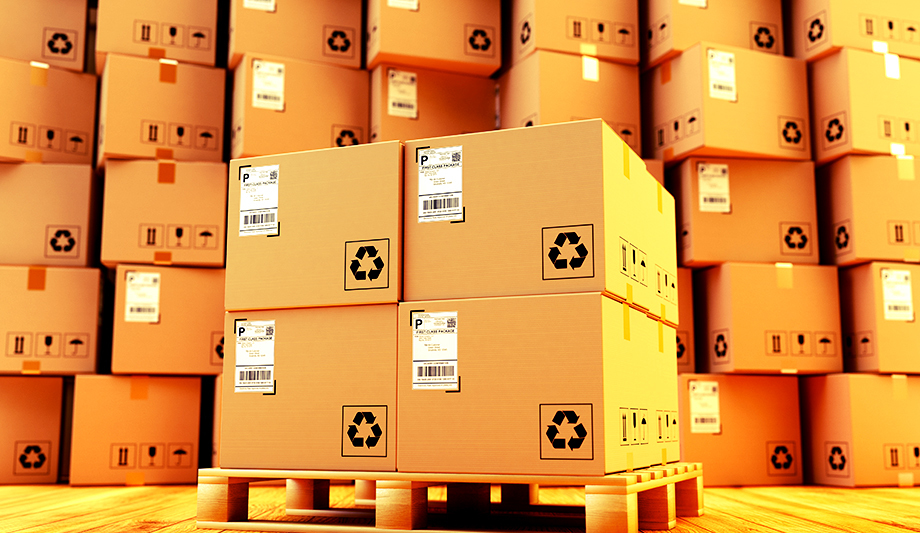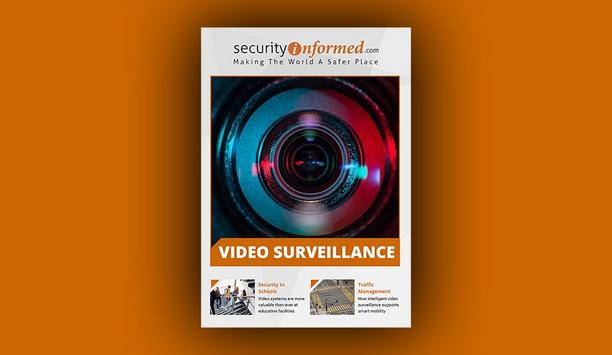How Important Is Packaging In The Commercial Security Market?
Editor Introduction
High-quality products are the building blocks of successful physical security systems. How they are packaged may sometimes be seen as an unimportant detail or an afterthought. But should it be? Effective packaging can serve many functions, from creating a favorable customer impression to ensuring the product isn’t damaged in transit. Packaging can also contribute to ease of installation. On the negative side, excess packaging can be an environmental concern, especially for customers who are sensitive to green factors or to minimizing waste. We asked this week’s Expert Panel Roundtable: Is packaging of products important in the commercial security market? Why or why not?
Product packaging serves many purposes such as product protection, tamper-resistance, branding, ease of storage, ease of installation and waste reduction. Some of these are currently more important in the commercial security market, while others should perhaps get more attention. Most security equipment manufacturers consider product protection, branding and ease of installation to be of utmost importance. Waste reduction is generally not given enough consideration. Environmental responsibility is rapidly becoming important and is being used by a growing number of end users in buying decisions. The size and weight of the packing also have environmental impacts since larger/heavier packages take more energy to transport. Packaging practices that incorporate environmental responsibility should be given more importance going forward. Traditionally, manufacturers have tended to bundle accessories, such as power supplies and tools for ease of installation, but those may be wasted if the product is being replaced or multiple products are being installed.
Effective product packaging is very important, from a marketing/advertising angle and also for protecting items in transit. Manufacturers/suppliers naturally invest considerable resources in developing products and establishing brand awareness, so appropriate branding of packaging is a key part of promoting quality and reputation over cheaper “white-label’” alternatives. On a practical level, packaging is also vital in protecting systems when they are being delivered or moved. For some items this involves bespoke packaging to ensure they arrive undamaged and in full working order. Equally, it keeps all the components of an integrated system together for easy assembly. The specific materials used are also very important – we often get asked if packaging is eco-friendly. Sustainable, renewable and bio-degradable packaging is always preferential over synthetic plastics, which we all know are causing considerable harm to the world environment and wildlife. Finding the right balance of all these factors is crucial.
Packaging is important because it is the first opportunity to catch a customer’s eye. However, what is arguably far more important, is what is inside the packaging: the user manual and installation guide. Ease of use is a huge selling point for many products, so a user manual and installation guide that uses plain language and requires minimal setup is always favorable. Packaging is the first step to attract people, but it is what is on the inside that is the key.
Having practical packaging that helps build brand awareness is important. However, one of the most important aspects of product packaging for commercial security is actually what’s in the box. The combination of equipment that is packaged together – or bundled – can make a big difference. Bundling kits of frequently requested items – for example an eight-channel recorder and four cameras – in one box helps simplify the ordering process. There are no doubts about equipment compatibility and there may even be discounts on bundled products. Product orders are often received faster with the equipment in one box. Having everything already together helps saves time installing a system. And if the needs of a distributor or dealer change, they aren’t stuck with bundled kits sitting on their shelves. They may use some of the kit parts a-la-carte to fill an order.
Product packaging is always important, and some may argue as important as the product itself. Packaging is oftentimes the first impression to your customer and allows you to reinforce and strengthen your brand. As a consumer, when you buy a product that is well packaged, it creates an emotional connection that you made the best choice in your product selection. The same applies in the commercial security market, if an integrator or reseller buys a high-end product and received it in a plain white box with no instructions, messaging or guidance, they most likely don’t have the same visceral connection to the product or the brand. Product packaging also provides an opportunity for the transmission of information. As a vendor, you can give your customers everything they need right in the packaging to make them successful during their install, thus creating an even more positive experience.
Editor Summary
In the overall scheme of things, a security product’s packaging may seem to be a minor detail. But, as our Expert Panel Roundtable reminds us, effective packaging can contribute specific benefits to integrators and for end users. Packaging is broadly part of the overall customer experience, which makes a difference even in a business-to-business technology market. Packaging has an impact. For example, in an era of commoditization and emphasis on low pricing, clever and sturdy packaging can help to emphasize the value of quality products, as well as help to ensure that they arrive at a job site in perfect working order.
- Related companies
- Interlogix
- TDSi
- Dahua Technology Ltd
- ISONAS, Inc.
- Oncam
- View all news from
- Interlogix
- TDSi
- Dahua Technology Ltd
- ISONAS, Inc.
- Oncam
Expert commentary
Security beat
Security bytes
- Getting To Know Dan Grimm, VP And General Manager Of Computer Vision At RealNetworks
- Big Wins And The Importance Of Showing Up: Insights From SecurityInformed.com Editor Larry Anderson
- Setting Goals, Business Travels And Radioactivity: Success Secrets From Tiandy's John Van Den Elzen
- Getting To Know Jeff Burgess, President/CEO At BCDVideo
Multi-Residential Access Management And Security
DownloadGuide For HAAS: New Choice Of SMB Security System
DownloadPrecision And Intelligence: LiDAR's Role In Modern Security Ecosystems
DownloadHikvision: Solar Powered Product Introduction + HCP
DownloadVideo Surveillance
DownloadVerkada TD52 Cloud-Based Video Intercom
exacqVision IP08-64T-R1XW-E X-Series 1U Rdnt IP NVR 64TB RAID5 Windows OS with 8 IP Ent Lic
Climax Technology TouchPanel-3 7” Color Graphic Touchscreen Panel




















